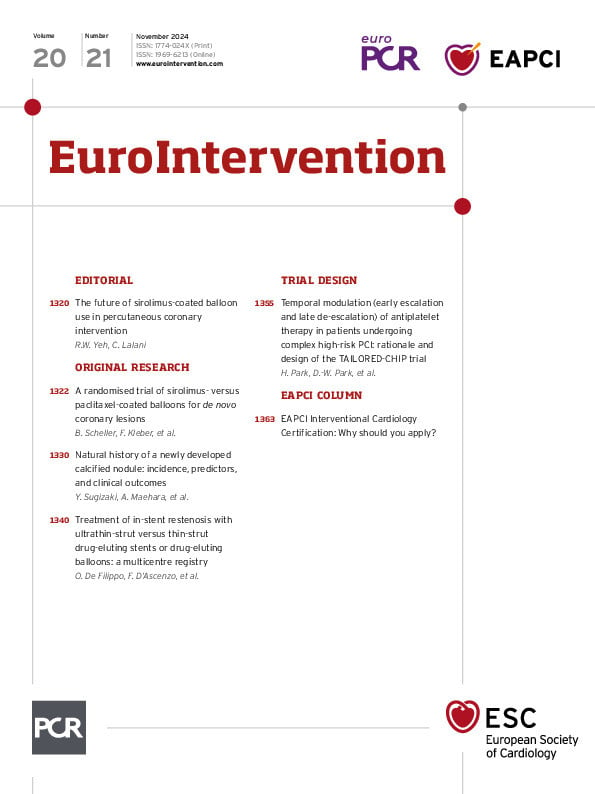Why did you apply for the EAPCI Interventional Cardiology Certification?
After completing my initial fellowship training and having gained theoretical and practical skills, I was motivated to dive deeper into interventional cardiology. The EAPCI Certification helped me identify gaps in my knowledge and gain a formal certification.
How did you prepare for your EAPCI Interventional Cardiology Certification MCQ exam?
The preparation requires both practical and theoretical knowledge across the spectrum of interventional cardiology. Firstly, a strong clinical background in the cath lab is required as many of the multiple choice questions (MCQ) are based on clinical scenarios. The material I used for studying included the latest ESC Clinical Practice Guidelines, the EAPCI consensus documents and position papers, the EAPCI Core Curriculum, the EAPCI webinars and the PCR-EAPCI Textbook of Percutaneous Interventional Cardiovascular Medicine. I focused on preparing each area in depth whilst continuing to revise old information.
How did you prepare your logbook?
As I had decided to apply for EAPCI Certification at the beginning of my training, I was prepared from the beginning and maintained a detailed logbook. Every procedure that I participated in was catalogued along with my position (first/ second operator), the techniques that we used, as well as any complications. After passing the theoretical exam, the formal EAPCI Certification logbook was available to me, and I extracted the required procedures from my personal logbook. The EAPCI Core Curriculum provides detailed information about the minimum requirements of Interventional Cardiology training, allowing one to ensure that all requirements are met over the course of training as procedures completed prior to passing the theoretical exam can also be used.
Did the EAPCI Interventional Cardiology Certification fulfil your objectives?
Definitely: it expanded my knowledge base, and I learned new techniques that I was able to perform during my training in the cath lab. Furthermore, with EAPCI Certification I can provide a formal confirmation of my status and experience in job applications, particularly in ESC member countries. I strongly believe that mutual recognition of EAPCI Certification across EAPCI member countries would be beneficial to ensure high standards of care.
What difficulties did you encounter during your certification process?
Combining hard work in the cath lab as a fellow and studying in such depth was quite challenging. Interventional cardiology has developed to such an extent that the theory to be covered is huge. The focus of the certification is coronary interventions; however, to be successful you need to be knowledgeable about valvular/structural interventions and, to a lesser extent, peripheral vessel interventions. Additionally, the logbook must be approved by your mentor and the supervisor to be submitted. The fee is also a matter of concern, but fortunately my training centre was willing to cover the fee for its fellows.
How has your EAPCI Interventional Cardiology Certification benefitted your career development?
The most important benefit is that it provides confidence and confirmation of competency as an interventional cardiologist. Resuming my career in my homeplace – Greece – and in Europe in general, I have solid proof of my skills as the certification is well known and respected in the interventional cardiology community.
What advice would you have for future applicants?
I would advise future applicants to join the EAPCI and become active members of the community. Plan to take the exam from the beginning of training; however, from my point of view, it’s better to actually take the exam towards the end of the training as clinical scenarios cannot be answered without practice. I wish them good luck!

